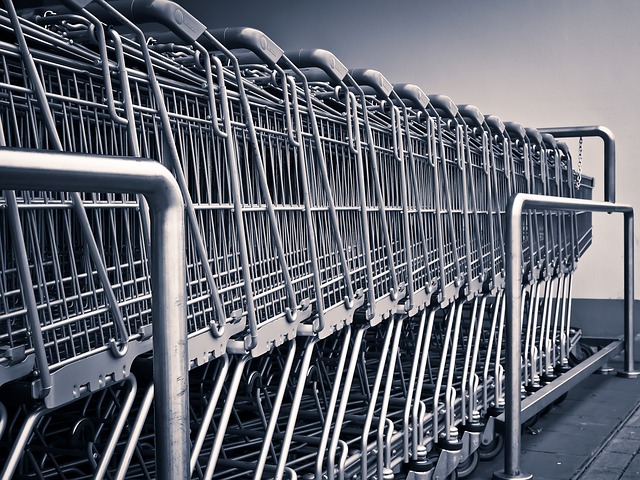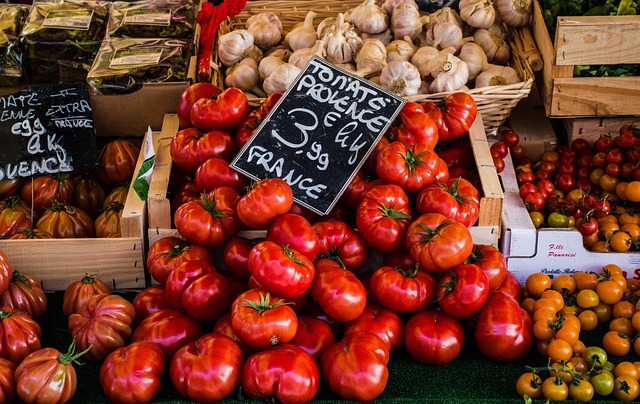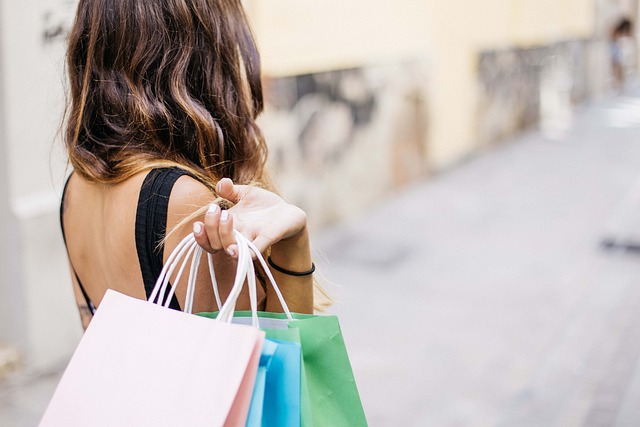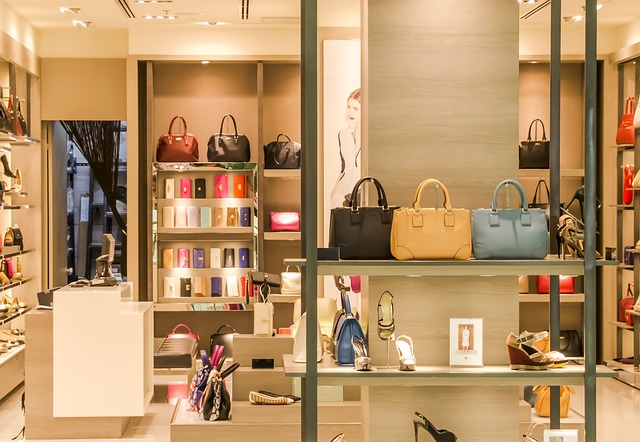Impulse buying, whether you're grabbing an unplanned candy bar at the checkout counter or adding an unscheduled pair of heels to your online shopping cart, is a compelling aspect of consumer behavior. It's a spontaneous, often pleasurable, action that is driven by a variety of psychological factors and marketing strategies.
Theories of impulse buying underscore the role of emotions in this process. It is often linked to feelings of happiness, excitement, and even relief from negativity. The thrill of seizing an item that catches your fancy can provide an adrenaline rush, creating a sense of joy and satisfaction.
Situational factors can strongly influence our predilection towards impulse buying. Time pressure, for instance, can often lead consumers to make hasty buying decisions. Similarly, sales, discounts, and special promotions can create a sense of urgency, driving consumers to make immediate and unplanned purchases.
The arrangement of products within a store plays a significant part in prompting impulse buys. Retailers use aesthetic displays, attention-grabbing signage, and strategic product placements (like placing appealing items at eye level or near the checkout counter) to stimulate unplanned purchases. The influence of store ambiance cannot be underestimated as well. Elements such as music, lighting, and fragrances can all subtly nudge consumers towards impulsive shopping.
In the online world, businesses leverage effective digital tools to prompt impulse buying. Tools like personalized recommendations based on a user's browsing history, countdown timers indicating limited availability of a product, or online advertisements popping up on social media feeds are all geared towards fostering impulse buying.
Impulse buying is also tied to the concept of 'retail therapy.' Shopping can often serve as a coping mechanism to alleviate stress, boredom, or sadness. When individuals are in this emotional state, they are more likely to engage in impulse buying.
However, impulse buying is not just about the individual. It also involves social influences. The urge to 'keep up with the Joneses' or societal pressure to conform to certain lifestyle standards can lead to unplanned purchases. Moreover, the advent of social media and influencer culture only amplifies this effect.
Despite the benefits of impulse buying for retailers, it presents potential drawbacks for consumers, including financial strain and buyer's remorse. Therefore, it's essential for consumers to be aware of their shopping habits and the psychological factors behind them.
In conclusion, the power of impulse buying lies in its ability to tap into our emotional responses, manipulate our shopping environments, and capitalize on specific situational factors. Companies that understand these drivers and tailor their marketing strategies accordingly can significantly enhance their sales and stay ahead in the competitive retail landscape. At the same time, increased consumer understanding of their buying behaviors can lead to more informed and responsible shopping decisions.
Today s digital marketplaces are packed with powerful tools that businesses can use to stimulate impulse buying. Here are some of the most effective:
1. Personalization and Recommendation Engines: By using algorithms and machine learning, these engines provide tailored product recommendations based on a user's browsing history, searches, and past purchases. This increases the chances of consumers making unplanned purchases.
2. Retargeting Advertisements: These are personalized online advertisements displayed to users who have recently visited a particular website or viewed a specific product. Such ads nudge the user back to the vendor's website, persuading them to complete the purchase.
3. Limited-Time Offers and Flash Sales: Offering products at discounted prices for a limited time creates a sense of urgency. This often prompts consumers to buy spontaneously to make sure they don't miss out on the deal.
4. One-Click Purchase Features: Streamlining the buying process, such as offering the option to buy with a single click or swipe, reduces the time for consumers to reconsider the purchase, promoting impulse buying.
5. Countdown Timers: Visual representation of a countdown creates a sense of urgency. When used for limited-time offers or restocking, it pushes customers to make quick purchase decisions.
6. Social Media 'Buy' Buttons: Businesses use social media to promote their products, with seamless 'buy' buttons attached to the posts. The instant gratification of seeing a product and purchasing it without leaving the platform promotes impulse buying.
7. Email Marketing: Promotional emails with tempting deals or new product alerts pique consumer interest, prompting them to buy spontaneously.
8. Push Notifications: They remind potential customers of items left in their shopping cart or inform them of upcoming sales, making impulse buying more likely.
9. Augmented Reality: This technology lets customers visualize how a product will look or fit into their lives, encouraging impulse purchases.
10. User-Generated Content: Showcasing real customers using or reviewing a product can build trust and prompt consumers to make an impulse buy.
It's important to note that while these tools can greatly increase sales, businesses should employ them responsibly to maintain positive customer relationships and ensure a healthy buying environment.




